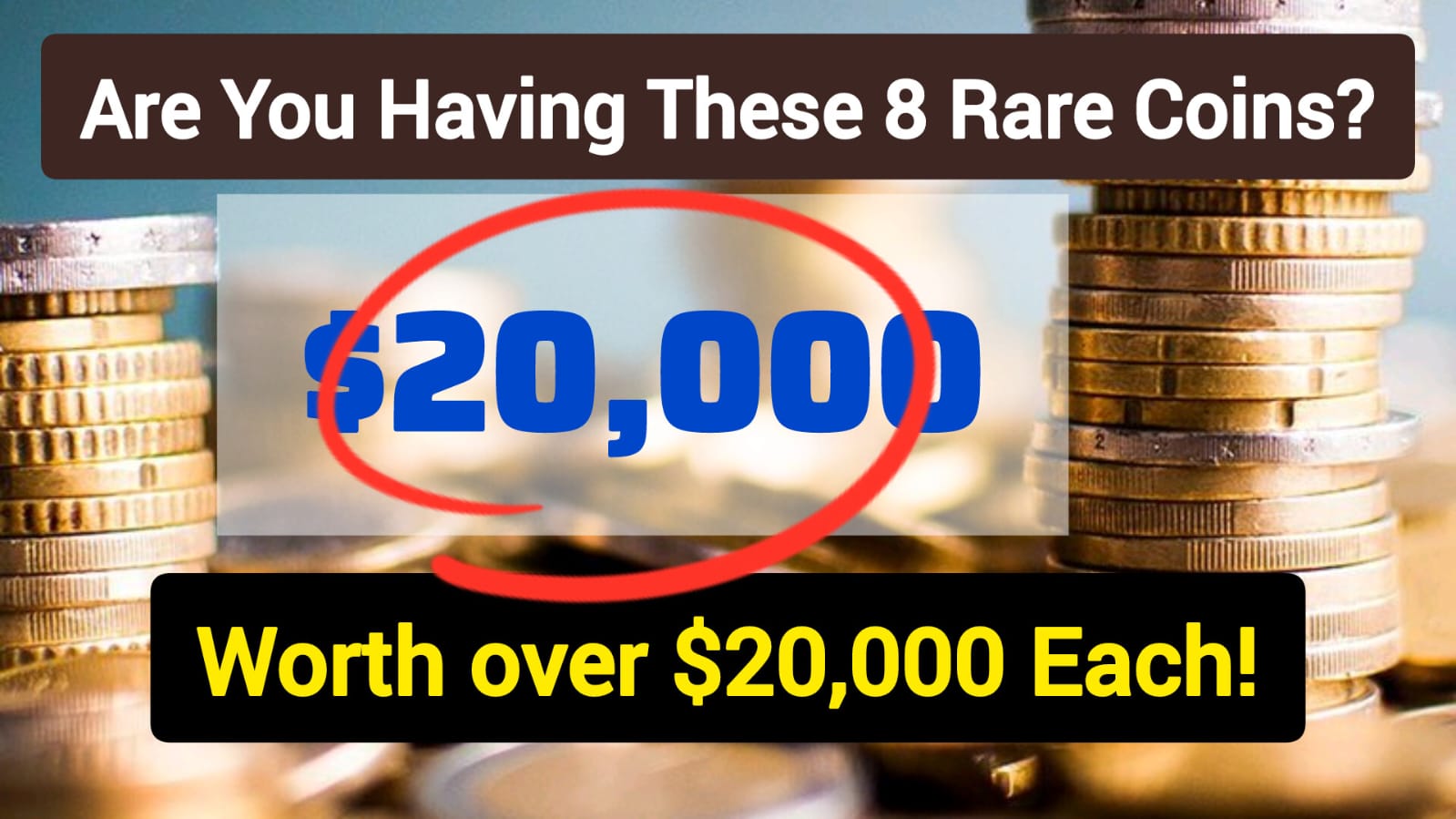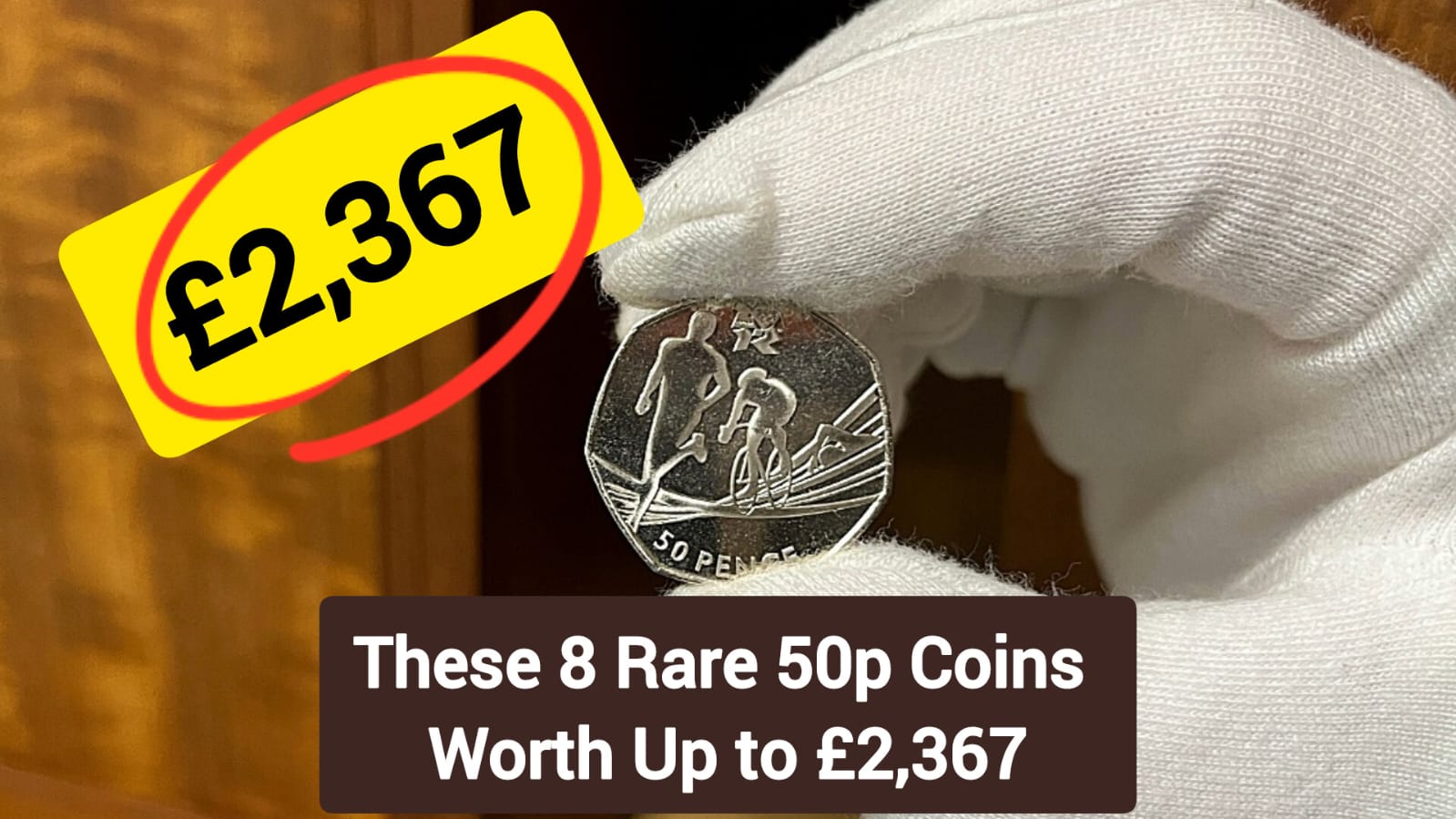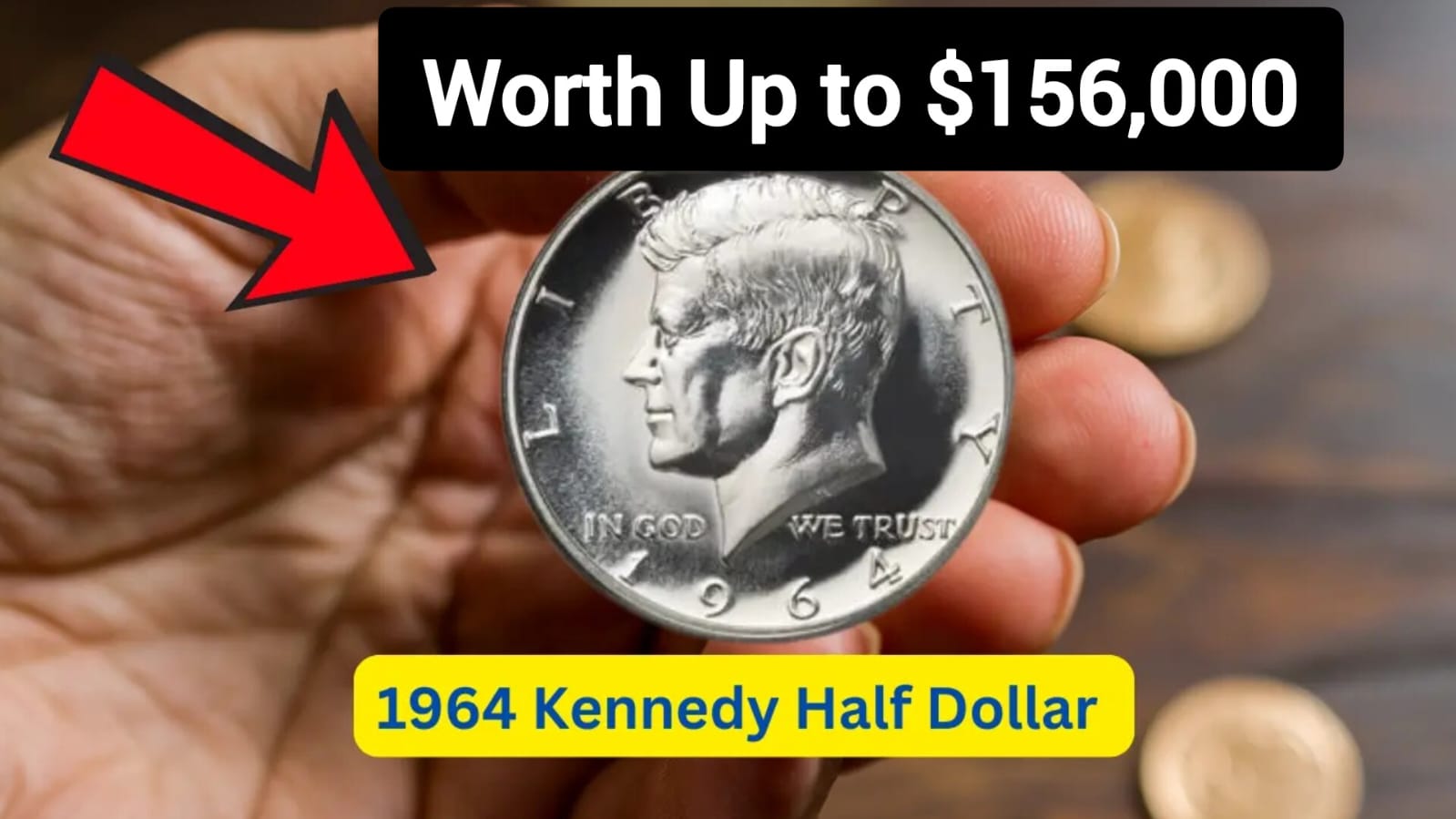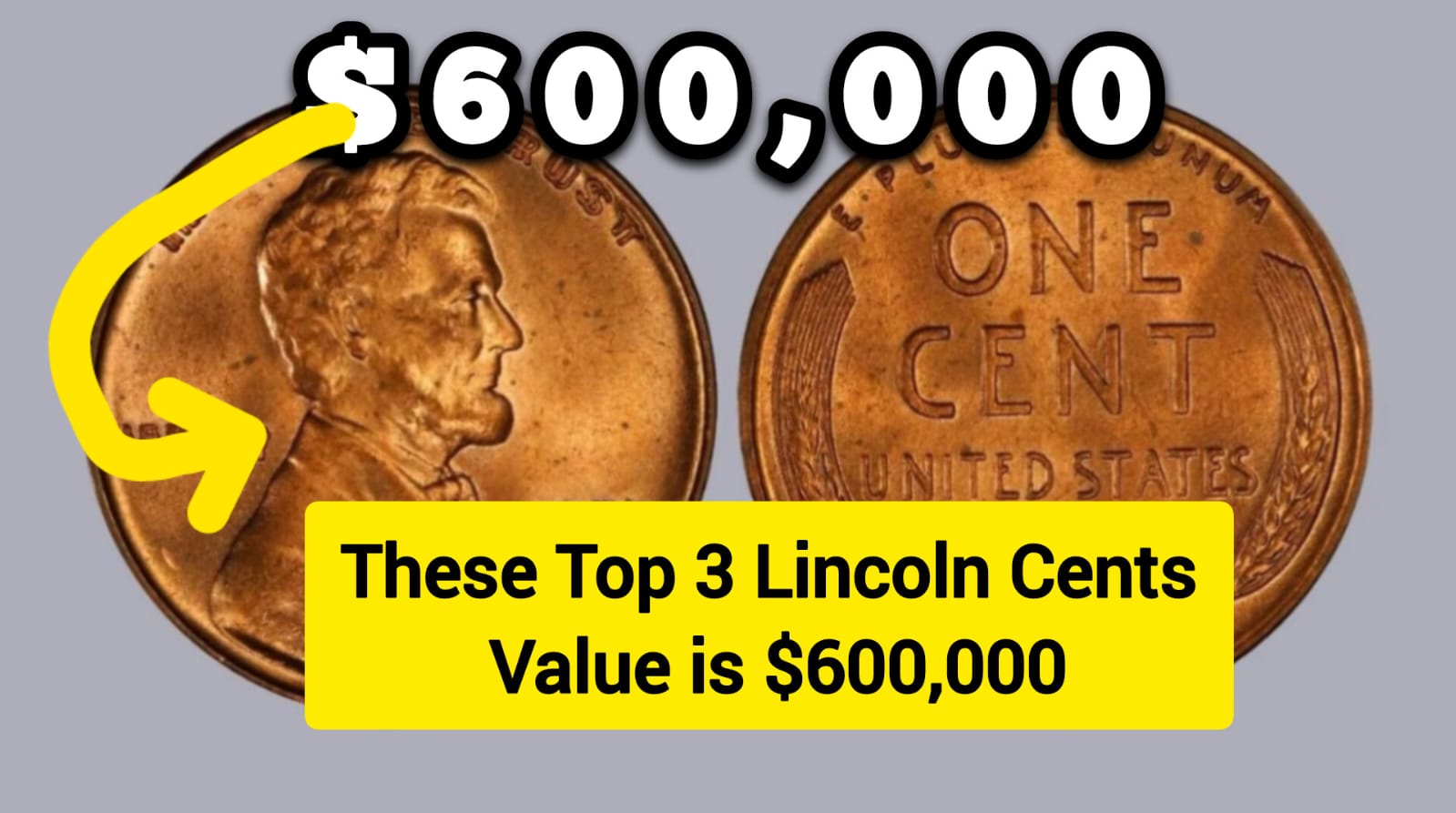Penny Collection: Have you ever tossed a penny into a jar without a second thought? That humble one-cent coin might be worth far more than you imagine. While most pennies in your collection are worth exactly one cent, a select few could be hiding a fortune.
Coin collecting isn’t just a nostalgic hobby—it’s potentially a goldmine waiting to be discovered. In 2025, certain rare pennies are making headlines for their astonishing values, with some fetching well over $20,000 at auction.
Think about it: that forgotten penny collection gathering dust in your drawer could contain coins worth thousands of times their face value. It’s like having lottery tickets you’ve already purchased but never checked!
Today, I’ll walk you through eight incredibly valuable pennies that could be hiding in your collection right now. Let’s dive into the world of numismatic treasures and discover if you’re sitting on a small fortune.
What Makes a Penny Valuable?
Before we explore specific coins, it’s important to understand why some pennies command such extraordinary prices. Unlike modern collectibles that might lose value over time, rare coins often appreciate as they age. Several key factors determine a penny’s value:
Rarity: The fewer examples that exist, the more valuable a coin becomes. Limited mintage numbers or coins that were mostly melted down create scarcity that collectors crave.
Condition: Coins in “mint state” or uncirculated condition fetch premium prices. Professional grading services like PCGS or NGC rate coins on a 70-point scale, with higher grades commanding significantly higher prices.
Historical Significance: Coins tied to important events or representing transitional designs often attract premium prices from collectors interested in American history.
Minting Errors: Mistakes during production—like doubled dies, off-center strikes, or wrong planchets (metal blanks)—can transform an ordinary penny into a valuable error coin.
Demand: Collector interest can dramatically impact value. Some coins become “trophy pieces” that serious collectors must have in their collections.
Think of these factors as ingredients in a recipe—the more present in a single coin, the higher its potential value. Now, let’s examine the eight pennies that could make you rich!
8 Rare Pennies That Could Be Worth a Fortune
1. 1909-S VDB Lincoln Cent: The Designer’s Legacy
The 1909-S VDB penny represents the first year of Lincoln cent production and carries designer Victor David Brenner’s initials (VDB) on the reverse. Only 484,000 were minted at the San Francisco Mint before public controversy over the prominence of the designer’s initials led to their removal.
This historical significance, combined with its low mintage, makes the 1909-S VDB one of the most coveted Lincoln cents. In good condition, these pennies can fetch between $700 and $20,000, depending on their grade. Even in worn condition, they’re worth hundreds of dollars!
2. 1943 Copper Penny: The Wartime Mistake
During World War II, copper was needed for the war effort, so the U.S. Mint switched to zinc-coated steel for pennies in 1943. However, a few copper planchets from 1942 were accidentally left in the presses and struck with 1943 dies.
These 1943 copper pennies are among the most valuable U.S. coins, with specimens selling for over $100,000 in good condition. In exceptional condition, they’ve fetched over $1.7 million at auction! With only about 40 known to exist, finding one would be like discovering a diamond in your backyard.
To identify this treasure, use a simple magnet test—the 1943 steel pennies will stick to a magnet, while the valuable copper ones won’t.
3. 1955 Doubled Die Lincoln Cent: The Famous Error
The 1955 Doubled Die penny is perhaps the most famous error coin in American numismatics. During the minting process, the die used to strike these pennies was improperly aligned between impressions, causing a noticeable doubling effect on the obverse side.
This doubling is most visible in the date, the word “LIBERTY,” and the motto “IN GOD WE TRUST.” About 24,000 of these error coins entered circulation before the mistake was discovered, making them rare but not impossible to find. Today, a 1955 Doubled Die penny can be worth between $1,000 and $20,000 depending on its condition.
4. 1914-D Lincoln Penny: The Key Date
The 1914-D Lincoln cent is considered a “key date” in the Lincoln cent series due to its low mintage of just 1,193,000 coins. Most were released into circulation and heavily used, making well-preserved specimens extremely rare.
This penny sells for around $200 in well-worn grades and can exceed $10,000 in uncirculated condition. It’s a prime example of how mintage numbers and survival rates impact a coin’s value.
5. 1922 No D Lincoln Cent: The Missing Mint Mark
In 1922, Lincoln pennies were only supposed to be produced at the Denver Mint, meaning all should have a “D” mint mark. However, due to worn and filled dies, some 1922 pennies were struck without the mint mark, creating what collectors call the “1922 Plain” penny.
These no-mint-mark pennies are quite rare and can be worth up to $15,000 in excellent condition. Even in circulated condition, they typically sell for hundreds of dollars.
6. 1944 Steel Wheat Penny: The Reverse Error
Just as some 1943 pennies were mistakenly struck in copper, a few 1944 pennies were accidentally made using leftover steel planchets from 1943. These 1944 steel pennies are extremely rare, with only about 30 known examples.
A 1944 steel penny can be worth up to $85,000 or more in excellent condition. Like the 1943 copper penny, you can use a magnet to identify this rare coin—if your 1944 penny sticks to a magnet, you might have hit the jackpot!
7. 1877 Indian Head Penny: The Classic Rarity
The 1877 Indian Head penny had the lowest mintage of the entire Indian Head series, with only 852,500 produced. Due to economic hardships during that period, few were saved, making well-preserved examples extremely rare today.
These pennies can range in value from $900 for heavily worn specimens to over $25,000 for those in mint condition. The 1877 Indian Head penny is a classic example of how low mintage and poor survival rates create numismatic treasures.
8. 1969-S Doubled Die Obverse Cent: The Modern Rarity
Moving into more recent times, the 1969-S Doubled Die Obverse penny is one of the rarest modern U.S. coins. Similar to the 1955 Doubled Die, it shows doubling in the lettering and date, but it’s from the San Francisco Mint.
With only a few dozen examples known to exist, this penny can fetch between $10,000 and $35,000 or more, depending on condition. It’s proof that even relatively recent coins can be extremely valuable if they have the right characteristics.
Valuable Pennies at a Glance
| Penny Type | Year | Key Feature | Estimated Value Range |
|---|---|---|---|
| 1909-S VDB Lincoln Cent | 1909 | Designer’s initials on reverse | $700 – $20,000+ |
| 1943 Copper Penny | 1943 | Copper instead of steel | $100,000 – $1,700,000 |
| 1955 Doubled Die Lincoln Cent | 1955 | Doubled features on obverse | $1,000 – $20,000 |
| 1914-D Lincoln Penny | 1914 | Low mintage from Denver | $200 – $10,000+ |
| 1922 No D Lincoln Cent | 1922 | Missing Denver mint mark | $500 – $15,000 |
| 1944 Steel Wheat Penny | 1944 | Steel instead of copper | $10,000 – $85,000 |
| 1877 Indian Head Penny | 1877 | Lowest mintage Indian Head | $900 – $25,000+ |
| 1969-S Doubled Die Obverse | 1969 | Doubled features from San Francisco | $10,000 – $35,000+ |
How to Identify Valuable Pennies in Your Collection
Now that you know which pennies to look for, here are some practical tips for identifying them:
- Sort by Date and Mint Mark: Focus first on the key dates mentioned above. The mint mark (if present) appears on the obverse below the date on Lincoln cents.
- Use a Magnifying Glass: Many valuable features, like doubling or mint marks, require close inspection. A 5x to 10x magnifier is a worthwhile investment.
- Conduct Simple Tests: For potential 1943 copper or 1944 steel pennies, use a magnet. Steel sticks, copper doesn’t.
- Check for Doubling: On potential doubled die coins, look closely at the lettering and numbers for a ghost-like double image.
- Assess Condition: Learn the basics of coin grading to estimate your coin’s condition. Uncirculated coins with original luster are worth significantly more than worn examples.
Remember, it’s like being a detective—you’re looking for specific clues that separate ordinary pennies from extraordinary treasures.
Conclusion
Your penny collection might be hiding coins worth far more than their face value. From the iconic 1909-S VDB to the ultra-rare 1943 copper penny, these eight rare coins could potentially be worth over $20,000—or even hundreds of thousands of dollars in the right condition.
The beauty of coin collecting is that these treasures could be hiding anywhere—in old collections, inherited coin jars, or even in your pocket change. By knowing what to look for and taking the time to examine your coins carefully, you might discover a life-changing numismatic rarity.
So dust off that old coin collection or start checking your change. The next time you see a penny, don’t just see one cent—see the potential for a valuable piece of American history that could be worth thousands of times its face value. Happy hunting!
FAQs About Valuable Pennies
1. Should I clean my old pennies to better see their details? No! Never clean your coins. Cleaning removes the natural patina and can significantly reduce a coin’s value. Professional collectors and dealers prefer coins with their original surfaces intact, even if they appear tarnished.
2. How can I tell if my 1943 penny is the valuable copper version? Use a magnet—if the penny sticks to it, it’s the common steel version. If it doesn’t stick, it might be copper. Also, copper pennies will have a distinctive brownish color and weigh approximately 3.11 grams, while steel pennies weigh about 2.7 grams.
3. Where can I get my rare penny authenticated? For potentially valuable coins, consider having them authenticated and graded by a professional service like PCGS (Professional Coin Grading Service) or NGC (Numismatic Guaranty Corporation). These organizations will encapsulate your coin in a tamper-proof holder and assign it a grade that helps determine its value.
4. Are all wheat pennies (1909-1958) valuable? No, most wheat pennies in circulated condition are worth only a few cents each. Only specific dates, mint marks, errors, or pennies in exceptional condition command high prices. However, even common wheat pennies are worth more than their face value due to their copper content.
5. What’s the best way to store potentially valuable pennies? Store them in non-PVC coin holders or flips, avoid touching the surfaces with your fingers (use cotton gloves), and keep them in a cool, dry place. Never use paper envelopes containing sulfur or acidic materials, as these can damage coins over time.



